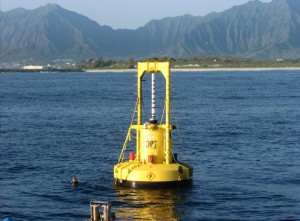Dyadic International, Inc. reported a loss in second quarter revenues as compared to the same time period in 2009. Total revenue for the second quarter ending on June 30, 2010 decreased to $2.2 million compared to a reported $11.9 million the previous year. Total revenue for the first six months of the year was also down compared to 2009, with a reported $4.2 million so far in 2010 and $16.9 million in the first half of 2009.
 The company attributes the second quarter decline in revenue to a decrease in licensing revenue and also reported that the lower revenue for the first six months was due to a decrease in licensing revenue as well as a decrease in research and development revenue.
The company attributes the second quarter decline in revenue to a decrease in licensing revenue and also reported that the lower revenue for the first six months was due to a decrease in licensing revenue as well as a decrease in research and development revenue.
“During the second quarter, we made significant progress in positioning Dyadic for future long-term growth by continuing to enhance our C1 technology and hiring key personnel and advisors to unlock the value of that technology primarily in the areas of biofuels and chemicals,” stated Dyadic’s President and Chief Executive Officer, Mark Emalfarb.
“We also laid the foundation to apply our C1 technology to the development and commercialization of biopharmaceuticals. All of this is now being pursued without the overhanging risk, cost and distraction of protracted stockholder litigation which we have put behind us,” Emalfarb concluded.



 Seaweed has been getting quite a bit of attention for its potential in ethanol production, especially in Asia. Most recently, scientists from Tohoku University and Tohoku Electric Power announced they have developed a technology to efficiently generate ethanol from seaweed such as sea tangle and sea grape, according to
Seaweed has been getting quite a bit of attention for its potential in ethanol production, especially in Asia. Most recently, scientists from Tohoku University and Tohoku Electric Power announced they have developed a technology to efficiently generate ethanol from seaweed such as sea tangle and sea grape, according to 






